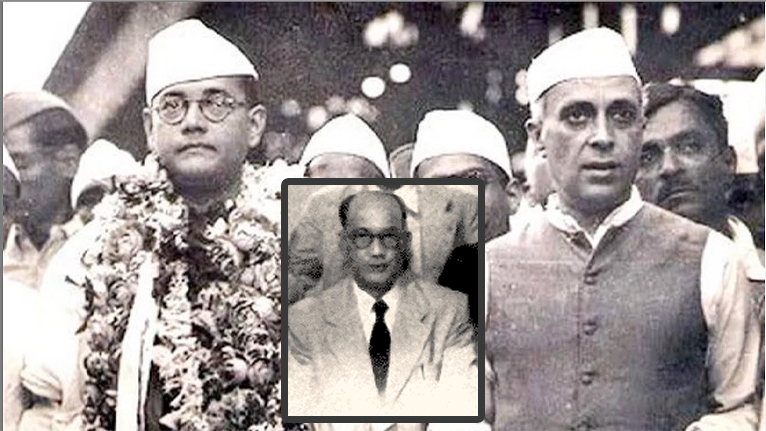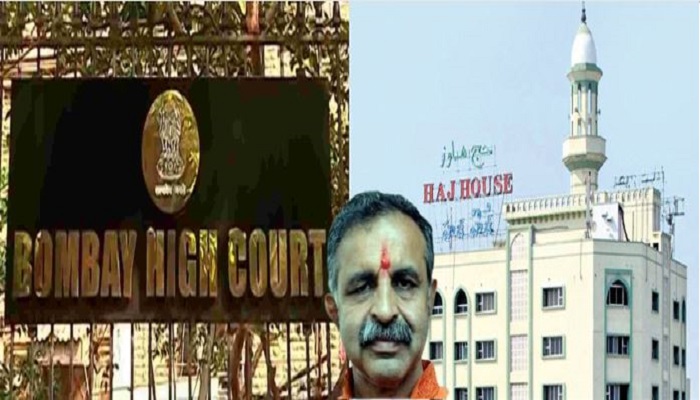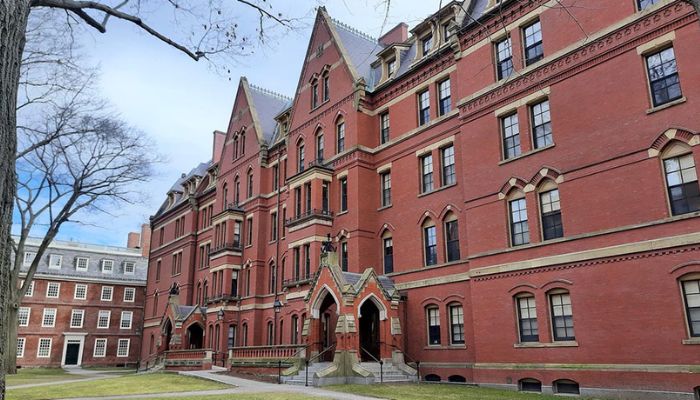How Nehru awarded a publicity adviser position to SA Ayer who embezzled Netaji’s funds

[ad_1]
India is marking the 78th death anniversary of revered freedom fighter Netaji Subhas Chandra Bose. He lost his life on 18 August 1945 under mysterious circumstances. Ironically, the Congress took to their Twitter account to “pay homage” to the late Indian National Army (INA) chief. Ironic because Bose was coerced into quitting the post of Congress President in 1939 by the Nehru-Gandhi Congress.
We pay homage to one of the greatest heroes of our freedom struggle, Subhas Chandra Bose.
Netaji’s leadership of the INA and his patriotism propelled the freedom movement. For his selfless service to the nation, he will be remembered for generations. pic.twitter.com/7CRWKmZc0F
— Congress (@INCIndia) August 18, 2023
On 29 January 1939, Subhas Chandra Bose won the election for the president of Congress, having defeated Pattabhi Sitaramaiya, 1580 to 1377 votes. Gandhi, dropping all the pretence of neutrality then declared that Sitaramaiyya’s defeat is my defeat. The old guard and Gandhi loyalists got to work almost immediately blocking the newly-appointed President at every step.
The declaration of Gandhi claiming Sitaramaiyya’s loss as his own created unrest in the Congress ranks. Immediately after, in Tripuri Congress, a resolution was brought in by Shri Govind Ballabh Pant, supported by 160 signatories stating, “The committee declares its firm adherence to the fundamental policies of the Congress which have governed its programme in the past years under the guidance of Mahatma Gandhi and is definitely of the opinion that there should be no break in these policies and they should continue to govern the Congress policies in future.” This diluted the powers of the appointed President, leaving Bose with no room to give any new direction to the organization.
The resolution went further and stated, “..the fact that Mahatma Gandhi alone can lead the Congress and the country to victory during such crisis, the Committee regards it as imperative that the Congress Executive should command his implicit confidence and requests the President to nominate Working Committee in accordance with the wishes of Gandhiji”. Not one to take things lying down, Bose wrote to Gandhiji.
Subhas wrote to Gandhi on 25th March, 1939- “What exactly is the position of President? Article XV of the Congress Constitution confers certain powers on the President in the matter of appointing the Working committee.” Stifled and crippled as a notional president, Subhas Bose resigned later that year in September 1939. This coercion by Gandhi sealed the Nehru-Gandhi stamp on the Congress Party forever and is seen to this day.
Nehru & how he aided the man who embezzled INA treasure
After Subhas left Congress, ties between him and Nehru turned sour. While Bose pursued a different path to fight the British Raj, Nehru, a blue-eyed boy of the British, indulged in dirty politics with his own people. According to reports, documents declassified in 2016 revealed thah the first Prime Minister of India, Jawaharlal Nehru was aware of the looting of INA treasury but deliberately turned a blind eye to the matter.
Not only did Nehru ignore the alarms raised by former Indian Ambassador to Japan KK Chettur about the misappropriation of Bose’s and INA’s funds but also conferred an award to one of the two ex-aides of Bose suspected of the embezzlement. Nehru also made the accused his publicity advisor for the five-year plans.
On 21 May 1951, Chettur wrote to the then commonwealth relations secretary BN Chakravarty alleging that two key aides of Bose could have played a role in the misappropriation of INA funds. The suspects were INA publicity and propaganda minister SA Ayer and the head of the Indian Independence League in Tokyo Munga Ramamurti.
Chettar reportedly wrote, “As you are not doubt aware, there have been serious allegations against Ramamurti with regard to the misappropriation of the funds of the late Indian Independence League, as also the personal property of the late Subhas Chandra Bose, consisting of considerable quantities of diamons, jewellery, gold, and other valuable articles. Rightly or wrongly, Ayer’s name has also been associated with these charges…”
On 20 October 1951, Chettur again wrote that the Japanese government confidentially informed the embassy that Bose had with him a “substantial quantity of gold ornaments and precious stones, but that he was allowed to carry only two suitcases on the ill-fated flight.” The total INA treasure was estimated to be worth $700,000. The details of the scam were exposed by author Anuj Dhar in his 2012 book titled “India’s biggest cover-up.”
The report by the Indian embassy in Tokyo also mentioned that a certain party there had seen the treasure boxes in Ayer’s room, the same man later chosen by Nehru as his aide. “There is a party here who has seen the (treasure) boxes in Ayer’s rooms and who was also to buy off the contents of these few boxes. What happened to these boxes subsequently is a mystery as all that we have got from Ayer is 300 gms of gold and about 260 rupees worth of cash,” Chettur stated adding that “Bose must have carried very much more that has now been handed over to us (by Murti and Ayer), and even if allowances are made for the loss of the part of the treasures when the plane crashed.”
The report stated that Netaji’s collection weight more than his. Furthermore, on 1 November 1955, another secret report was filed in the Ministry of external affairs for the reference of the Prime Minister who was kept in the loop throughout. The report titled, “INA treasure and their handling by Messrs Ayer and Ramammurti” was authored by RD Sathe and confirmed that “Mr Ayer’s activities in Japan have been rather suspicious.”
The note, which was signed by then PM Nehru dated 5 November 1951 and had a noting of foreign secy that the PM has seen it, further stated underlined the affluence of Mr Ramamurti which turned many heads in Tokyo. “Suspicion regarding the improper disposal of the treasure is thickened by the comparative affluence in 1946 of Mr Ramamurti when all other Indian nationals in Tokyo were suffering the greatest hardships. Another fact which suggests that the treasures were improperly disposed of are a sudden blossoming out into an Oriental (word unclear) expert of Col Figges, the military attache of the British mission, and the reported invitation extended by the colonel to Ramamurti to settle down down in the UK,” the note stated.
After a successful run in Japan, Munga Ramamurti settled with a comfortable life in Chennai while SA Ayer was made Nehru’s publicity adviser for his flagship Five Year Plans. As for the funds, the records from the declassified documents show that part of those were retained from Ramamurti by the government but no specific accountable detail is available thereafter. The INA treasure and the curious lack of its accounting after Netaji’s death could very well have been the first of the several scams under the Nehru-Gandhi Congress in Independent India.
[ad_2]
Source link



